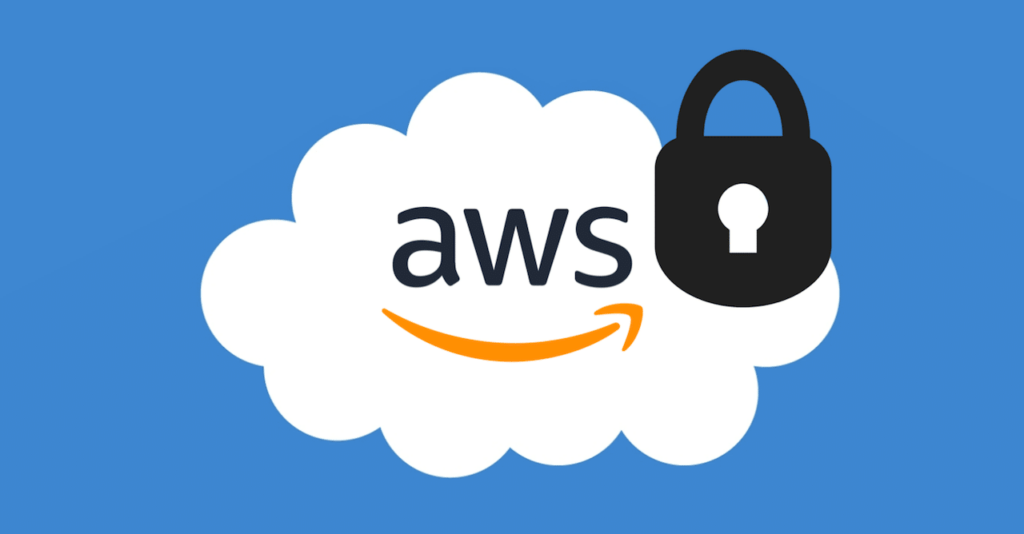Amazon structured its cloud stage foundation to be exceptionally accessible and versatile. Amazon Web Services’ security features are at par with the industry guidelines. AWS Data focuses are manufactured like posts and staffed 24×7, and remote access is allowed carefully as indicated by the rule of least favor.
AWS Foundation is planned and overseen in full consistency with security best practices and even the top AWS professional services consultant would agree to this that a wide scope of IT security gauges, including SOC 1/SSAE 16/ISAE 3402 (in the past SAS 70 Type II), SOC2, SOC3, FISMA, DIACAP, FedRAMP, PCI DSS Level 1, ISO 27001, ITAR, HIPPA, and Cloud Security Alliance.
So Amazon has done its part to guarantee that Amazon Web Services security is absolutely capable and making the most of the services. However, you must do your part, as well. We’re going to concentrate on how you can use a portion of AWS’s work in security highlights to meet explicit business prerequisites and ensure the privacy, uprightness, and accessibility of your information in the cloud.
Identity and Access management
The major application of Identity and Access management comes when you create user groups and assign them roles and responsibilities while managing their permissions and restrictions. You can give unique permission to every account of your AWS and allow or restrict their permissions based on your needs.
While you can allow a particular user to perform a particular task as a normal user, you can also make them the administrator for some specified tasks. The username and password i.e the authentication credentials will be allocated in such a way that a user will be able to perform different tasks with different credentials. The managed IT services in Corona have fully implemented IAM in their portals
Each and every employee of yours will have the access to the AWS management console as well as to the service APIs of the Amazon Web Services.
Virtual Private Clouds
Amazon’s VPCs allow you to provision compute resources, like EC2 instances and RDS deployments, inside isolated virtual networks. VPCs give you complete control over all inbound and outbound network traffic. You can (and should) use VPCs to secure your application by restricting access to and from the Internet. Using Virtual Private Network (VPN) connections, you can connect on-premise servers directly to your cloud-based VPC, bypassing public networks. IT support Corona is the best example of this which has fully functional Virtual Private Clouds
Encrypting Data
AWS gives Data encryption to EBS volumes, S3 cans, Relational Database Service (RDS), and Glacier information stores. At the point when you make a scrambled EBS volume and append it to an occasion, information on the volume, plate I/O, and depictions made from the volume, are completely encoded. When so designed, AWS encodes each S3 object with a one-of-a-kind key. Amazon S3 server-side encryption utilizes one of the most grounded square figures accessible – 256-piece Advanced Encryption Standard (AES-256).
RDS creates an SSL testament for every DB Instance. When an encoded association is built up, information is moved between the DB Instance and your application will be scrambled during the move.
Network ACLs and Security Groups
Security groups are used to create firewalls in the initial and instance levels to control incoming and outgoing traffics. Port, IP Address, and Protocol Type can be restricted using Security Groups.
ACLs come in to picture at the subnet levels where you feel the need to blacklist traffic from a particular IP address. Network ACLs are also used in the prevention of DDOS attacks
AWS Trusted Advisor
AWS Trusted Advisor examines your AWS condition and makes proposals for setting aside cash, improving framework execution and unwavering quality, or shutting security holes.
Indeed, even without moving up to a paid help plan, Trusted Advisor will caution you about shortcomings like security gatherings permitting unhindered access (0.0.0.0/0) to explicit ports or S3 containers with open access consents. Believed Advisor can give a profoundly viable outline of your general Amazon Web Services security profile.
AWS Direct Connect
Using Direct Connect from AWS, a private and secured high bandwidth network connection can be established between your network and Amazon Virtual Private Cloud.
Conclusion
There are a number of open-source packages available in the Amazon Marketplace besides its default web services but these commercial packages will not be of any use to you unless you learn how to use them and know their applications and usage in practice. If you want to protect the integrity and availability of your cloud data, this is extremely important

